Do you have a question about the Handicare MiniLift125 and is the answer not in the manual?
Inspect lift functions and material for damage regularly.
Ensure proper assembly, check sling bar, safety latch, lifting function, base-width adjustment, and actuator.
Keep manual accessible, ensure correct version, and follow instructions for safe operation.
Confirm all components are included before starting assembly.
Assemble upper/lower sections, mount footplate, and attach leg support.
Connect hand control, lift unit cable, and base-width motor cables to correct outlets.
Verify packaging, lift for damage, castor wheels, locks, and all connections.
Test emergency stop, lift arm movement, base-width adjustment, and lift function.
Charge battery for 4 hours and reset service counter before first use.
Covers assembly, indoor use, accessories, supervision, load limits, foot safety, and water avoidance.
User must support weight while standing and understand instructions for safe transfers.
Understand system limits; lowest safe working load of accessories applies. Check loads before use.
Identify emergency stop, charging lamps, battery level display, and connections on control box.
Instructions for charging via power outlet or wall charger, including indicator lamps.
Details four battery discharge stages shown on display, and their implications.
How to read service data like actuator cycles and overload history from the display.
Explains functions for lift arm movement and base width adjustment using the hand control.
How to activate and reset the red emergency stop button on the control box.
Manual lowering via actuator knob and electrical lowering using the hand control.
Follow instructions for hand control, transfer limits, avoiding actuator pull, and foot safety.
Position sling, lift, and adjust leg support for user comfort and safety.
Extend lift arm, attach sling loops to slingbar, and secure boom.
Instruct user to support back, stand firmly, and grasp handles to prevent pinching.
Use longer loops for short users, shorter loops for tall users for optimal rising.
Check emergency stop, cable connections, and battery charge if lift or base-width adjustment fails.
Identify source of noises, take lift out of operation, and contact dealer.
Lists available ThoraxSlings and CalfStraps with article numbers.
Details the HB33-6 Hand control, its features, and article number.
Requires annual inspection by authorized personnel using original spare parts.
Used batteries must be left at recycling stations or returned to Handicare.
Clean with warm water/alcohol; avoid phenol/chlorine. Keep castors clean.
Store/transport within specified temperature, humidity, and pressure ranges.
Explains key symbols such as 'Read User Manual', 'CE', 'Class II', and 'Indoor Use'.
Details intended use for healthcare professionals and potential radio interference issues.
Details lifting speed, battery type, charger, motors, sound level, and operating forces.
Covers material, weight, castor size, IP class, and expected lifetime.
Specifies maximum load, lifts per charge, and Medical Device Class I compliance.
Provides detailed side view dimensions in mm/inch for the standard MiniLift125.
Details width and depth measurements from a top-down perspective for the standard MiniLift125.
Provides detailed side view dimensions in mm/inch for the MiniLift125 with low legs.
Details width and depth measurements from a top-down perspective for the MiniLift125 with low legs.
Explains SystemRoMedic™ as an easy transfer concept benefiting users and caregivers.
Guidance on obtaining manuals and contacting local Handicare representatives for support.
| Lifting Capacity | 125 kg |
|---|---|
| Base Width | 60 cm |
| Weight | 56 kg |
| Battery Capacity | 2.9 Ah |
| Protection Class | IPX4 |
| Material | Steel and aluminum |
| Base Length | 90 cm |
| Battery Life | Up to 50 lifts |
| Battery Voltage | 24 V |
| Power Supply | Rechargeable battery |
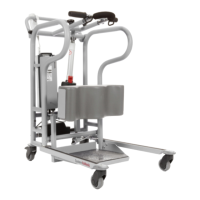
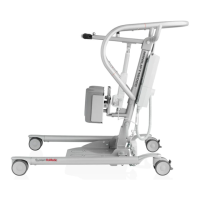
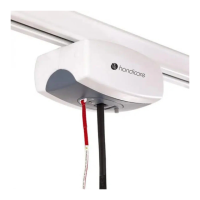

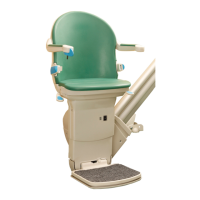
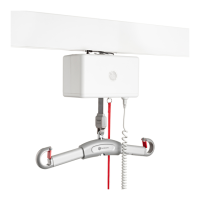
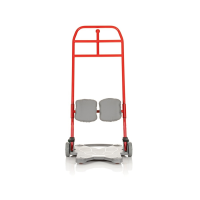
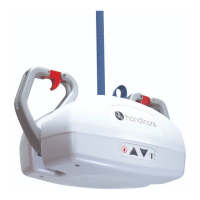
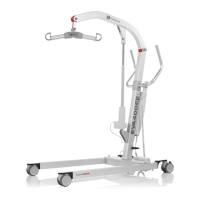
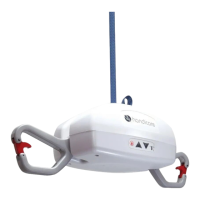

